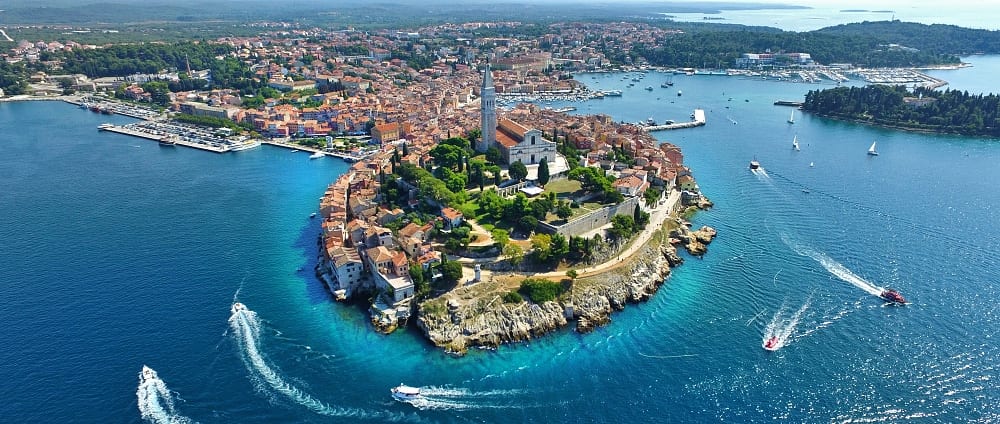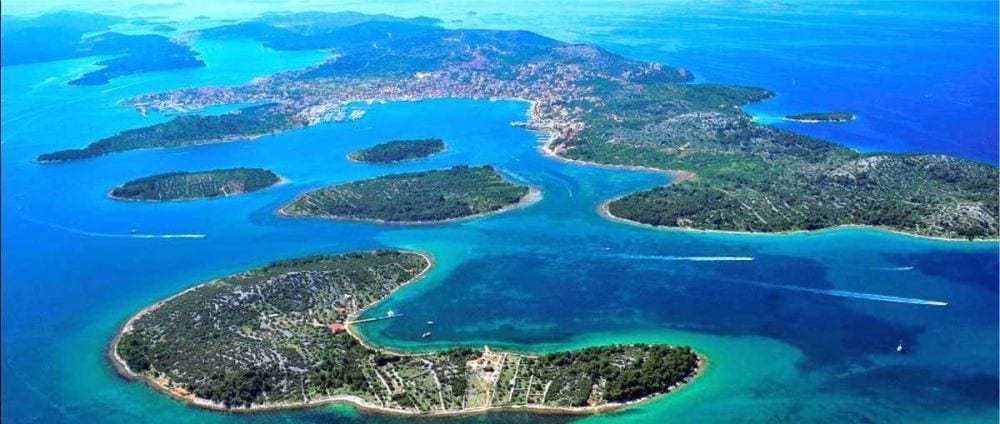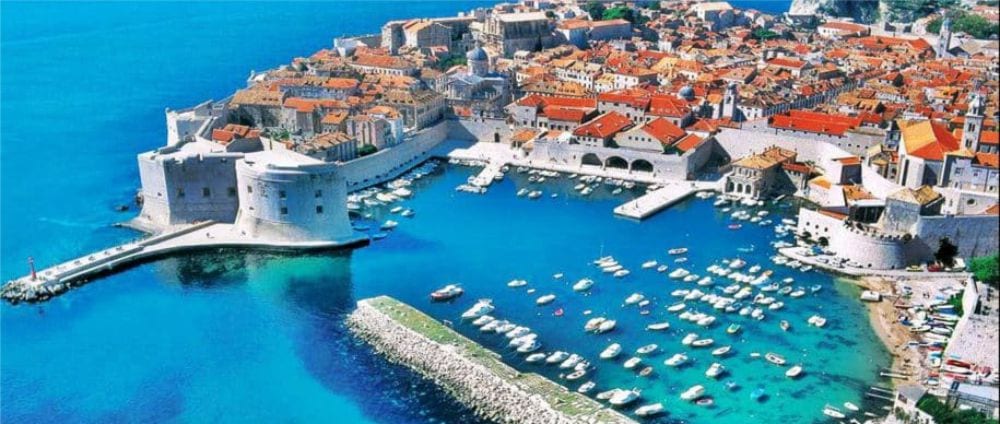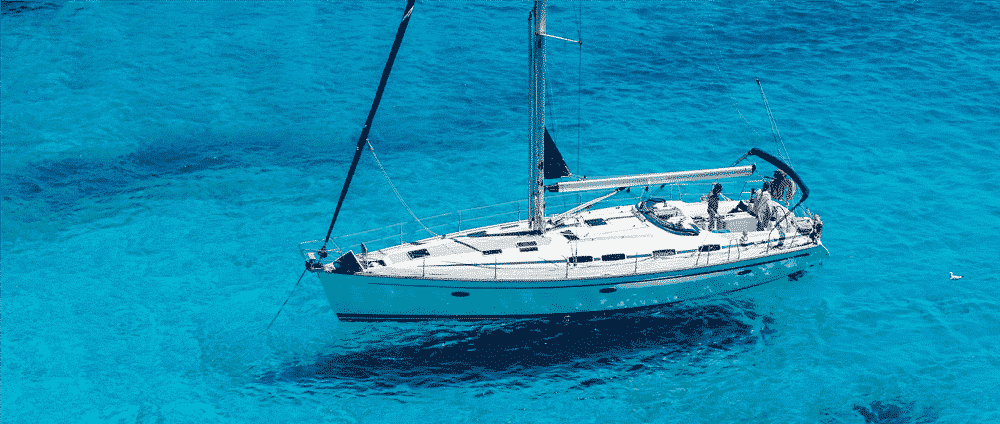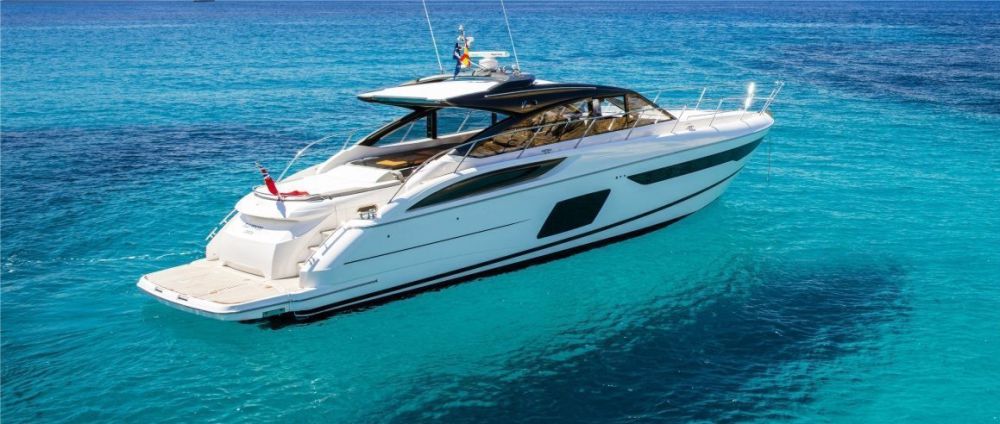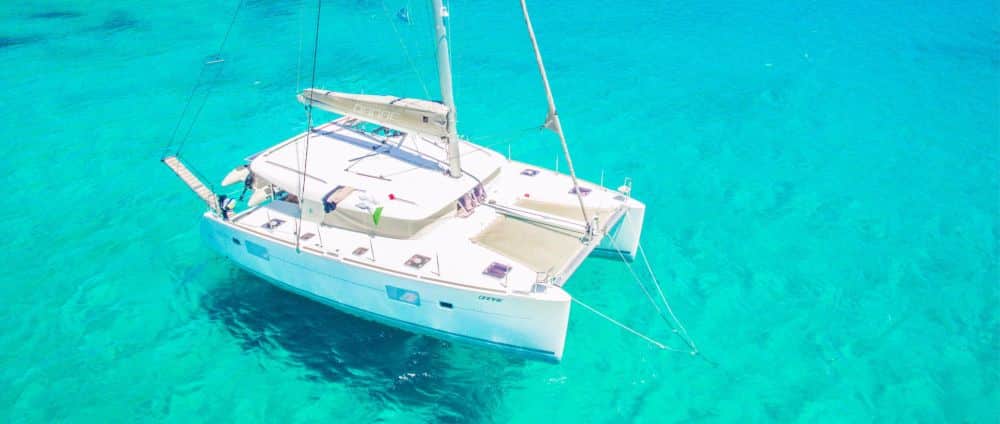Thinking about reducing your costs while in navigation? Are you also thinking about reducing your carbon imprint and impact on the environment? Try some of these tips to make navigation as environmentally friendly as possible and, in some ways, more cost effective.
By the simplest definition, a carbon footprint is a measure of the carbon dioxide (CO2) emissions that result from one’s activities. A certain level of carbon dioxide in the atmosphere is normal because CO2 keeps us warm on this planet and is essential for photosynthesis, for example. Our everyday consumption, transport and energy generally contribute to this.
But what happens if this natural cycle is badly affected? What will happen to us if the burning of fossil fuels and deforestation continue to increase?
What is a carbon footprint, and does your boat have one?
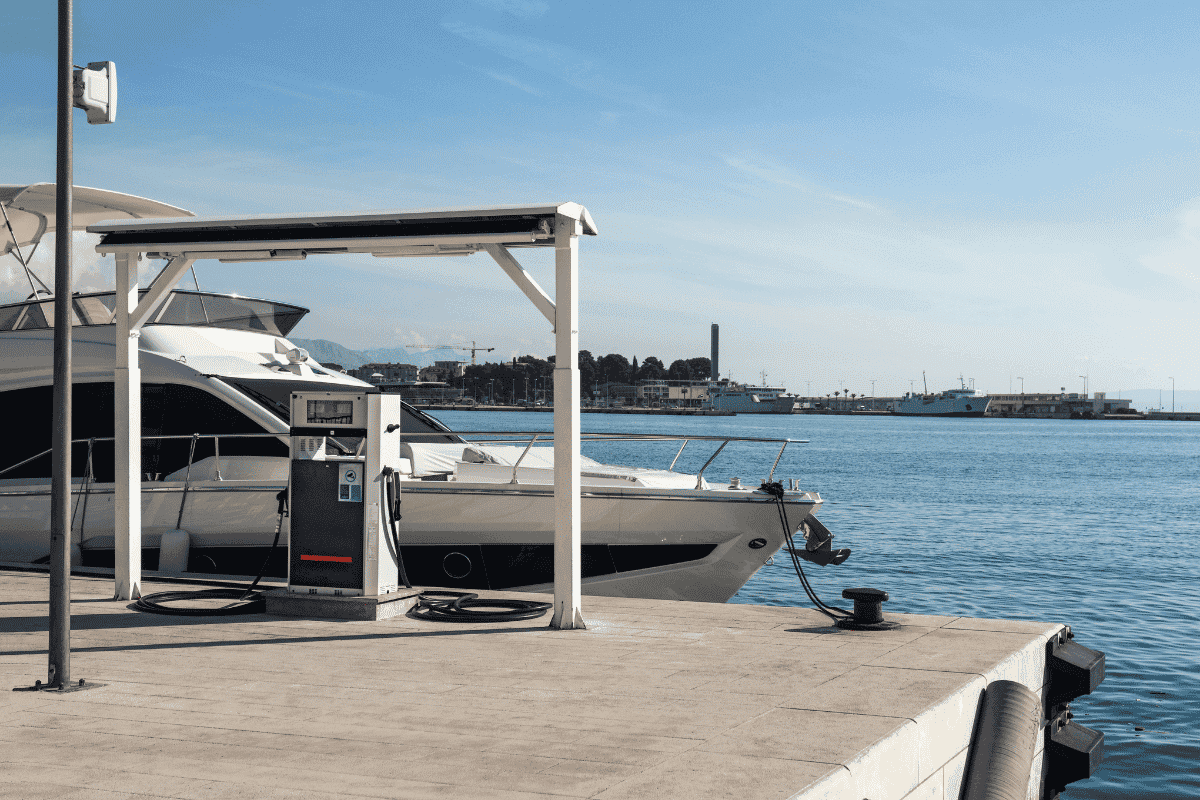
Your vessel has a carbon footprint, because the carbon dioxide emissions come from engines burning fuel and generators. Each boat has a different footprint depending on its size and fuel consumption. Fuel efficiency, the age of your vessel, and speed all contribute to the CO2 emissions, and the easiest way to calculate emissions is to track fuel consumption.
Many online calculators can even calculate your personal emissions depending on what products you use and how you live.
Maritime organizations and marine environmental protection agencies have made great efforts to reduce carbon emissions. However, the impact of marine pollution from inefficient ship operations and human activities continues to increase. Initiatives such as carbon emission fees and energy efficiency management have been taken. However, much remains to be done by the industry and seafarers to reduce the harmful effects.
Can you calculate the carbon footprint of your boat?
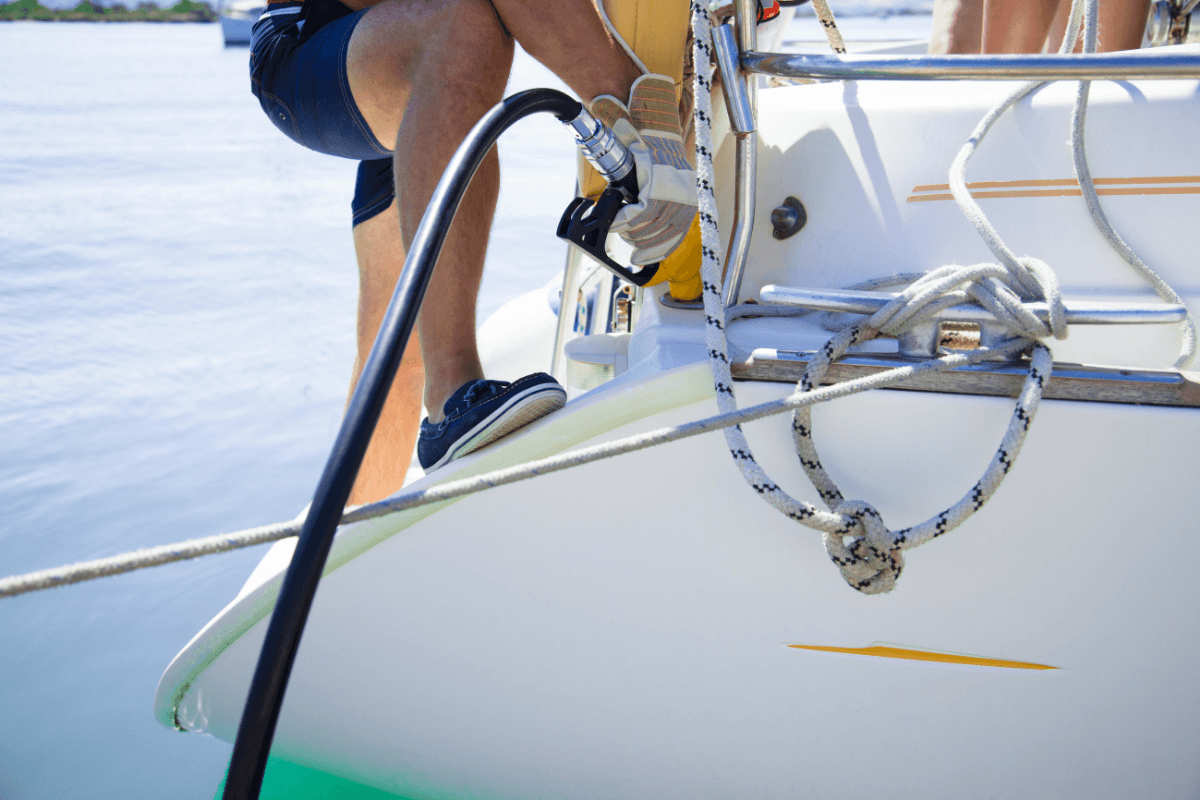
The carbon footprint is easy to calculate by its very definition – it is the total amount of carbon dioxide and methane gasses produced by our actions. There are even special tables that indicate how much CO2 a particular fuel produces, and free apps. You can easily do the calculation through the app, as certain parameters affect the amount of the carbon footprint. It depends on the size of your vessel, the number of people and the type of fuel used, among other things.
People who are aware of this issue on a global scale, already do their recycling regularly at home and drive hybrid and electric cars can understand this more easily, perhaps even unintentionally. You can take care of your carbon footprint by resorting to alternative means of transport such as hybrid or electric cars, heating, and general lifestyle choices. Our demand for food and energy certainly generates CO2, but it does not have to be that high because there are ways to minimize it.
How to get started with reducing fuel consumption?
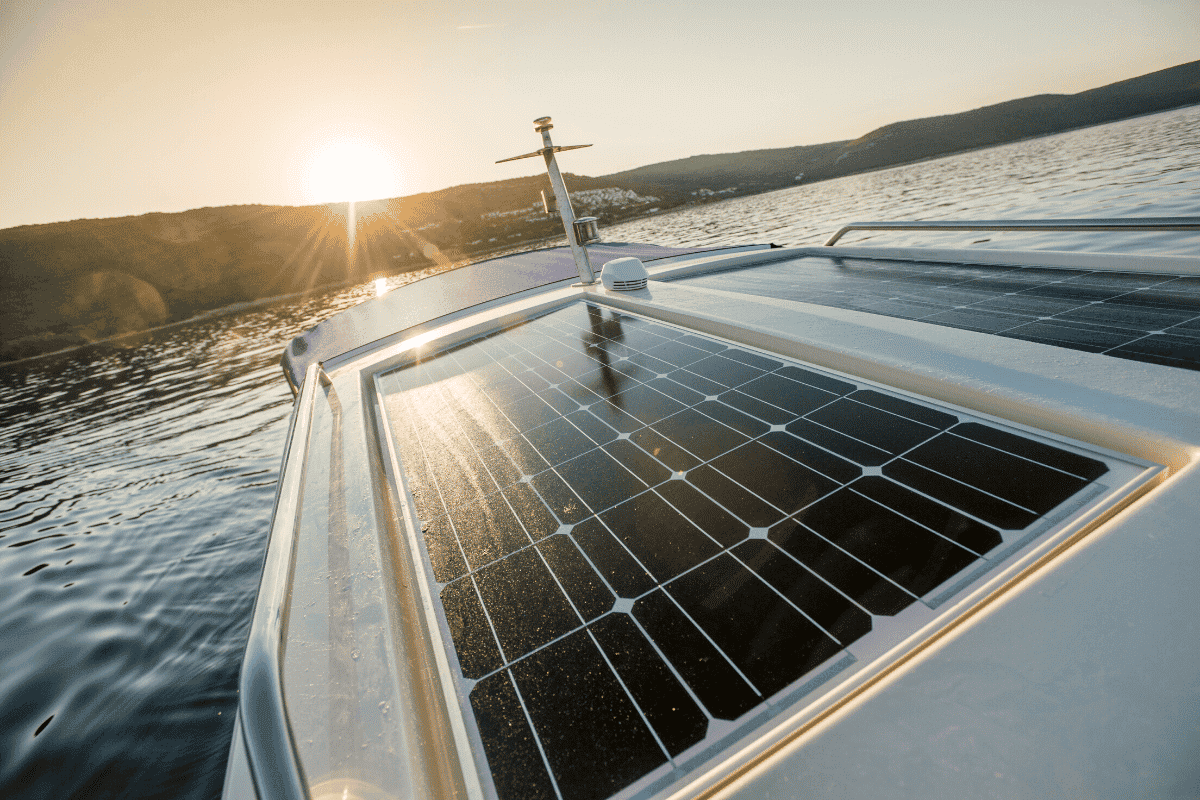
But how does all this translate to worrying about CO2 emissions when we are sailing or motorboating and enjoying our vacation?
The most important thing you can do to reduce your carbon footprint when operating a motorboat is to reduce your fuel consumption. If you can do this, you will soon feel it in your wallet, as lower fuel consumption means less expenditure, especially as we are all witnessing the frequent rise in fuel prices.
We are sure that experienced skippers and boat owners already apply most of these efficient tips when operating and maintaining their vessels, as some are actually known to reduce fuel consumption.
Some of the things you can do to reduce a boat’s carbon footprint are quite important to manage your boat properly, just to name a few:
- Keep your engine clean and efficient, perform proper and complete maintenance before each trip, and clean filters frequently.
- Dispose of your waste and other liquids, such as oil, properly at ports.
- Make sure your propeller is fully functional and has no damage, even the smallest, as every minor damage will increase your fuel consumption.
- Make sure the bottom of your boat is clean, as fouling on the hull will slow your boat down (also make sure you use environmentally friendly paint for your boats).
- Measure fuel consumption at different speeds to determine your vessels most efficient speed.
- Watch out for extra, unnecessary weight on your boat and plan your trips to optimize your route.
- Always check your wake, as a large wake indicates that your boat will use more power and fuel.
- Use solar, wind or tidal power to charge your batteries and other electrical equipment instead of letting the engine idle.
- Reduce the use of large power consumers on your vessel.
- Avoid any pointless consumption such as electricity in the galley, unneeded lights and the like.
Use of renewable energy in navigation
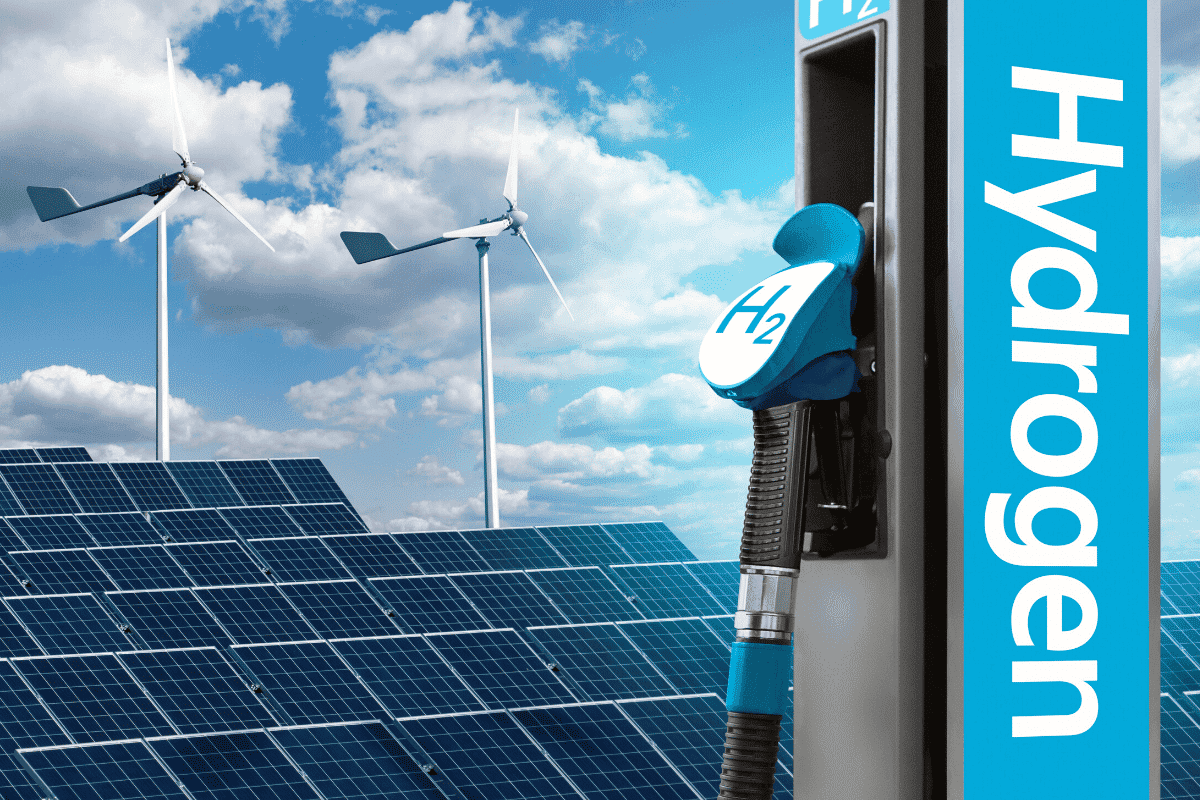
We are all witnessing various countries and the United Nations committing to take basic steps to reduce emissions and pollution.
Reverting to alternative energy sources while in navigation can be an investment, but one that will pay off in the long run. Innovative alternatives to fuel include wind power, solar energy and hydrogen-powered vessels. Considering their energy, these are options with low or no carbon emissions. Some studies have shown that there is a significant undertaking to make wind power as propulsion in shipping.
Those who do not know will say that a sailing yacht uses alternative fuels. It is important to remember that a vessel that is powered by wind power, like any other, also requires fuel for the generators, batteries, and outboard motors. Solar panels are an excellent way to power all the batteries while navigating.
Marine wind generators are becoming more and more standard in boat construction as reducing fuel consumption has become a common practice. With a marine wind generator and solar panels, you can make your boat a hybrid system because it is helpful for times without sun or wind, as rare as those instances may be. Since sailboats can use wind power when there is wind, experienced sailors can run a sailboat that only needs fuel to get in and out of port.
Motorboats also have similar capabilities to revert to alternative propulsion for the vessel. It is becoming more and more common for boats to be sustainably powered as much as possible.
There are instances where it is not possible to switch completely to alternative propulsion, but every little thing you can do will make navigation easier and reduce your costs. It will also make you less dependent on using marinas and their fees.
What can you personally do while navigating?
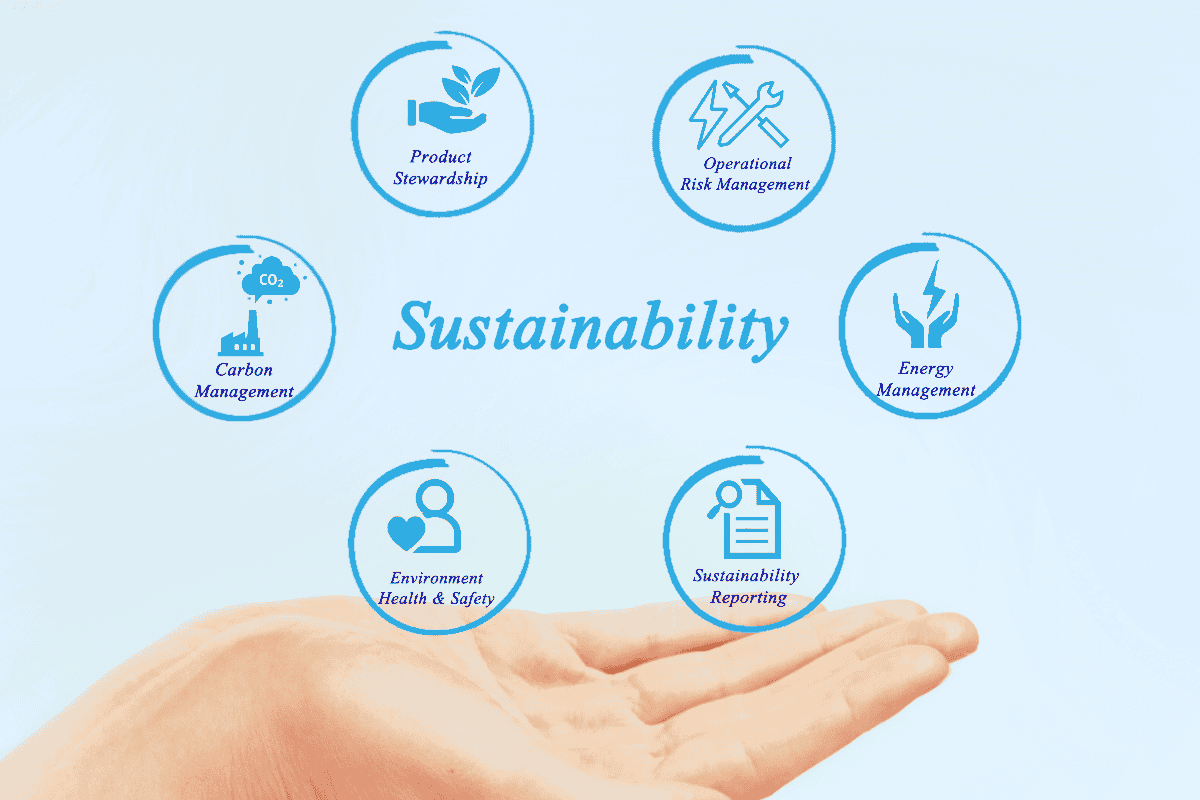
In order to reduce your carbon footprint in navigation, you need to actively participate in your vessel’s operation and make it more efficient. Times are changing, they are already here, and you as the owner need to adopt a culture of energy management on board. You and your staff and fellow passengers need to become familiar with alternative methods and reduce energy consumption in shipping.
By the way, wind energy has the lowest carbon footprint in nature, and you as a human being will have it too if you go vegan and commit to a more sustainable lifestyle.

